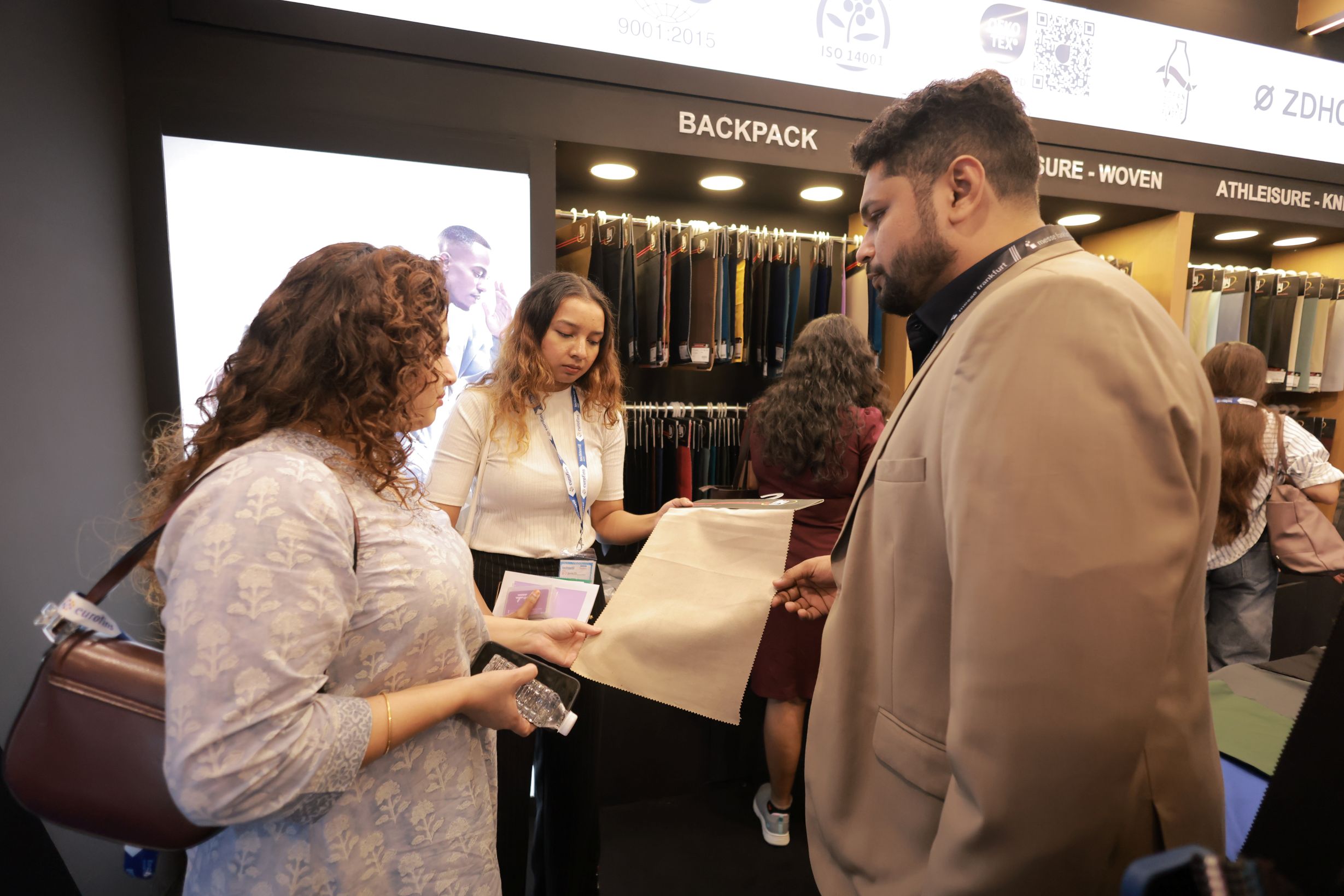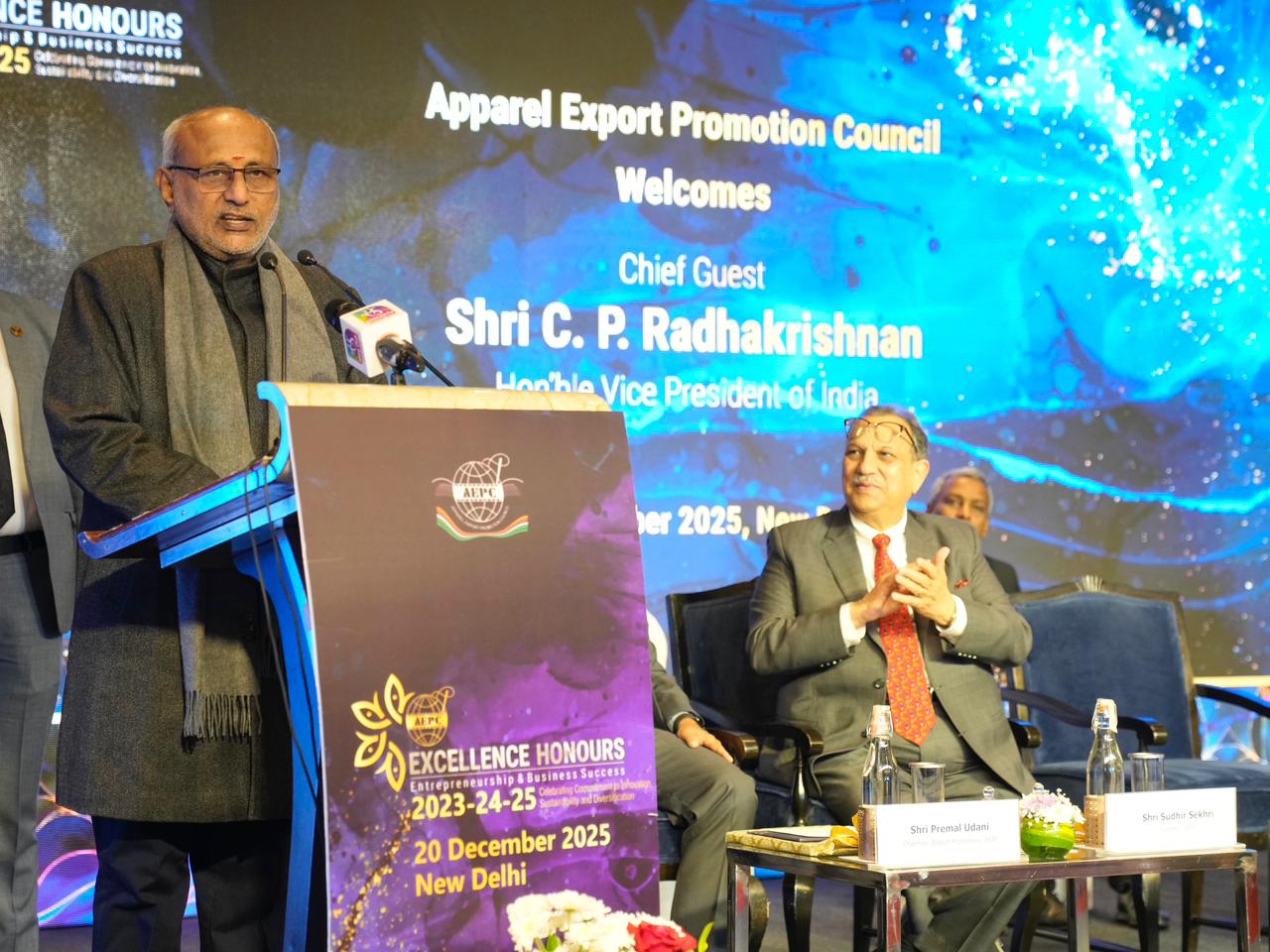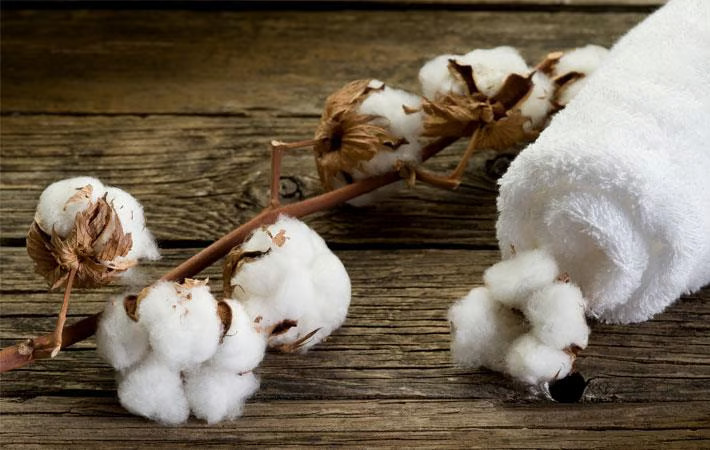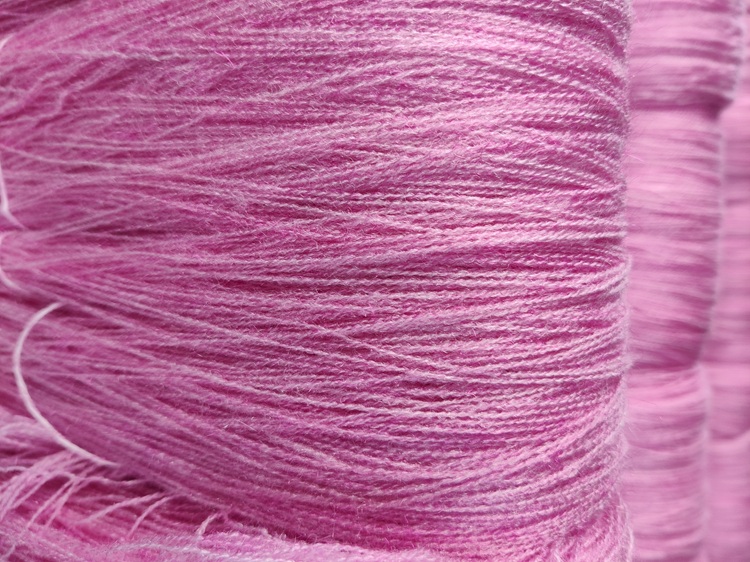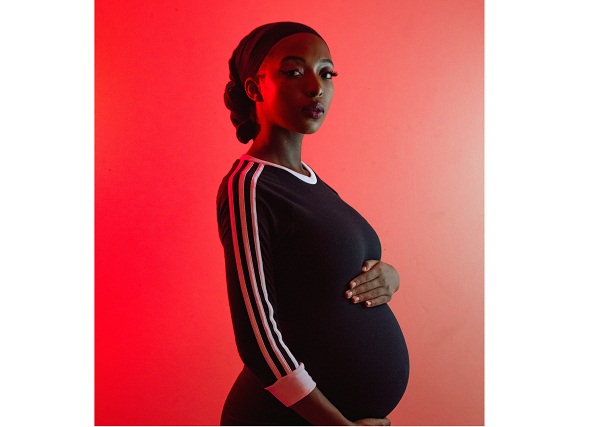
Maternity apparel is no longer a shapeless outfit designed for maximum comfort and nothing else. Contemporary mothers-to-be see no reason that maternity apparel can’t be stylish and fashionable as they juggle a normal work and social life. Scores of social media influencers, fashion magazines and celebrities have changed the way maternity clothing is looked at and pregnant women are lapping up this niche clothing lines world over.
The motto is: Look good. Feel good. Comfort meets style as many apparel brands diversify to include fashionable maternity wear, including items to suit occasions and locations. And why not as the global maternity market is projected to be valued at $44.08 billion by 2030, having been valued at $23.05 billion at the end of 2022? According to research agency Future Market Insights, the CAGR is pegged at a decent 6.7 per cent up until the forecasted period of 2030.
Growth drivers
There are many drivers activating this growth: Pregnancy fashion is an official category of clothing as a growing population of pregnant women in developing and emerging countries continue being in the workforce during their pregnancies and want to be dressed accordingly. The size of clothing that complements different body types has also played a role in increasing the demand for maternity clothing. Thanks to all kinds of media, there is high awareness about comfortable pregnancy clothing that is fashionable and on trend as nowadays fashionable women do not wish to compromise their sense of fashion because of pregnancy.
Leading players worldwide
Gap Inc, Seraphine, Isabella Oliver, H& M Hennes and Mauritz AB, Brunelli and Co S.R.L., Mothercare, Boob Design, SHAICO Fashion, Pink blush Maternity, and Organic are some of key players. These companies provide a wide range of product portfolios for the maternity wear market and have their presence in the developing regions, which provides a lucrative opportunity for them. They have built their reputation in maternity wear through high-quality and innovative products to cater to the comfort and fashion sense of modern women during their pregnancies.
Popular high street brand Zara had introduced its first line of maternity wear back in 2018 with a 25-piece set of clothing that represented Zara’s chic styling and comfort. Rival Spanish brand Mango had launched its first maternity collection two years before Zara. H& M, Seraphine, Gap Inc., are the top three market players, identified by Future Market Insights. They cumulatively accounted for nearly 5 to 6 per cent of total sales in 2021.
A leading and internationally reputed business magazine recently featured top global brands item-wise. Lululemon, A Pea in the Pod, Blanqi, Joe’s Jeans, Madewell, GapMaternity, Lively, Cosabella, Kindred Bravely, Pink Blush, Ingrid + Isabel, Hatch, H&M, ASOS, Old Navy, Hill House Home, Storq, Angel Maternity, Modern Eternity, BB Dakota, Seraphine, Nordstrom, Kimi and Kai, Summersalt, Kindred Bravely and Motherhood Maternity across affordability, casual wear, formal wear, occasion wear, swim wear, home wear and inner wear.
India emerging a strong market
The Future Market Insight Report mentions maternity outerwear has the promise of the highest growth in this niche category including leggings, jeans, skirts, shirts, dresses and tunics. The outerwear sub-category made up 76.2 per cent of all maternity wear sales in 2021. Based on sales channels, multi-brand store-based retailing is forecast to hold the largest revenue share in the segment, accounting for more than 29.3 per cent of the sales in 2021.
The US is anticipated to dominate the market in North America, accounting for more than 79.2 per cent of the regional sales by 2021-end. South Korea and Japan are projected to account for 23.6 and 33.7 per cent of maternity apparel sales across East Asia in 2021, respectively. India is projected to emerge one of the most remunerative markets in South Asia, accounting for around 31.7 per cent of sales in 2021.


